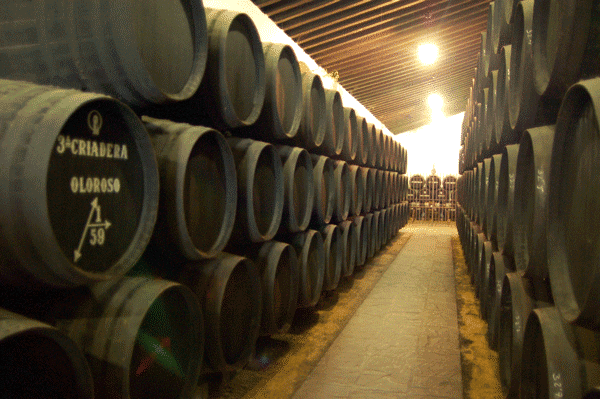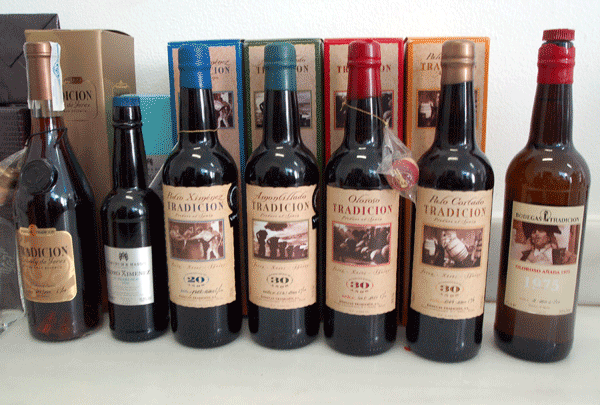
When most people hear the word Andalusia, they think of bullfighting and flamenco, not sherry. Often mistaken as sweet, this fortified wine might be the most misunderstood beverage around. Your grandma may have had a dusty bottle of the elegantly sweet Harvey’s Bristol Cream inside the sideboard but most sherry is dry, even salty, and often surprisingly complex.
Sherry hails from just one place in the world, a triangle formed by the three towns of Jerez de la Frontera, Sanlucar de Barrameda and El Puerto de Santa Maria in Andalusia. Here the smell of the sea hangs in the air and life is slower than Madrid or Barcelona, with locals dropping into the bodegas(wineries) to fill their bottles with sherry for a few Euros. Each town is distinct and worth a visit, from historic Jerez with its famous dancing horses of the Real Escuela Andaluza del Arte Ecuestre www.realescuela.org to the sleepy seaside port of El Puerto de Santa Maria to ancient Sanlucar fronting the Atlantic Ocean.
Sherry may be intimidating to some but it doesn’t have to be. Here’s what you need to know. It is almost exclusively made from one rather non-distinct grape, Palomino, and comes in two basic styles, oxidized and non-oxidized. The key difference is the layer of yeast known as flor that prevents oxidation when present in a barrel. Fino is kept fresh, pale and dry by the flor, while Amontillado and Oloroso are exposed to oxygen during the aging process, yielding richer, darker sherries.
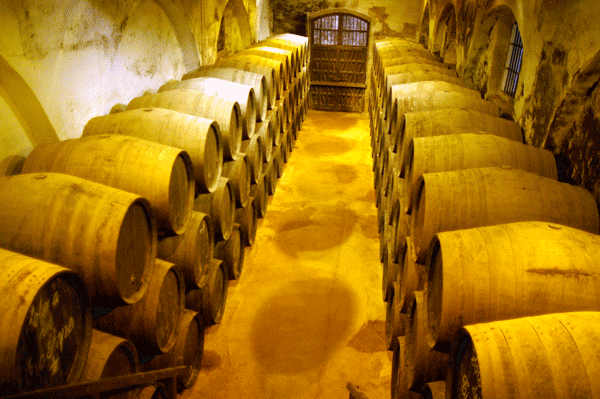
One misconception is that sherry is high in alcohol because it is fortified with grape spirit after fermentation is complete, a process which slows the yeast from forming the flor or stops it altogether. Lighter, crisper Finos are fortified to about the same level as regular wine, 13 to 15 percent; dry, medium bodied Amontillados, 16 to 18 percent and Olorosos, 18 to 20 percent. Remember, by fortification, the yeast is stopped and the wine is exposed to oxygen. Olorosos do not develop the flor as they are fortified sooner, allowing the wine to oxidize and be more concentrated than Amontillados. The result is a rich, often nutty sherry that ages for many years, if not decades.
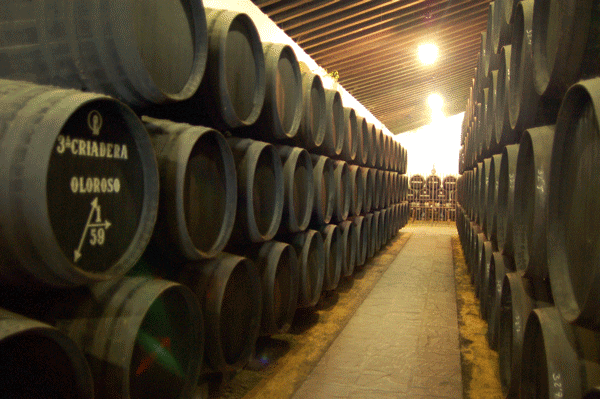 Sherry is aged in what’s known as the solera, an unusual method of aging wine where rows of barrels are stacked atop each other, the youngest (criadera) on top and the oldest (solera) on the bottom. As the sherry from the bottom is removed for bottling, the wine stored on top is moved down to the next layer, eventually making its way to the bottom. Sherries are aged for a minimum of three years, sometimes much longer. For a special treat, seek out bottles labeled VOS (very old sherry, 20+ years) or VORS (very old rare sherry, 30+ years).
Sherry is aged in what’s known as the solera, an unusual method of aging wine where rows of barrels are stacked atop each other, the youngest (criadera) on top and the oldest (solera) on the bottom. As the sherry from the bottom is removed for bottling, the wine stored on top is moved down to the next layer, eventually making its way to the bottom. Sherries are aged for a minimum of three years, sometimes much longer. For a special treat, seek out bottles labeled VOS (very old sherry, 20+ years) or VORS (very old rare sherry, 30+ years).
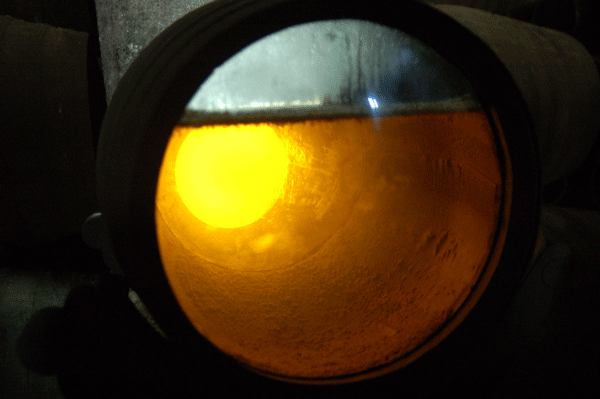
You will come across other styles, including the relatively rare Palo Cortado, which falls between Amontillado and Oloroso and displays qualities of both. Sweet and cream sherries – yes, some Dulces are delicious – are made with Pedro Ximinez (PX) or Moscatel grapes, generally added to one of the base wines. Just to throw you a curveball, Fino from Sanlucar is called Manzanilla and imparted with a distinct saltiness from the Atlantic. Some bodegas also produce a fresher style of sherry known as “en rama” meant for consumption within a few months of bottling.
Sherry & Food
Underrated (and undervalued!), sherries pair wonderfully with a diverse range of dishes. When in the Jerez Triangle, drop into a restaurant or tapas bar and order a Fino to go with the fresh seafood, cured meats and milder cheeses, olives and nuts. Manzanillas work with those as well and are terrific with hard-to-pair asparagus and artichokes. An Amontillado will stand up to poultry, pork, stronger fish and cheeses (anything blue or salty) as will Oloroso, which also holds up to red meat, game, foie gras and smoked or cured meats.
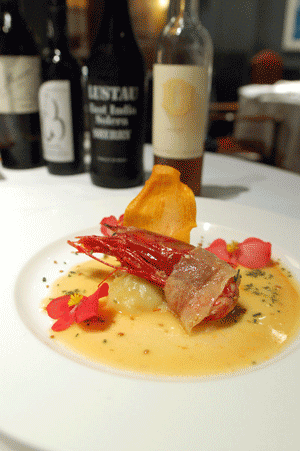
For an outstanding fine dining experience in the area, I would recommend Aponiente for modern cooking and El Faro de El Puerto for a more traditional taste of Andalusia, both located in El Puerto de Santa Maria and offering sherry pairings.
www.aponiente.com www.elfarodelpuerto.com
Where to Taste Sherry:
Sherry is the thing to drink in this part of Spain and many of the numerous sherry bodegas welcome visitors for tours and tastings.
Lustau (Jerez de la Frontera), produces the widest range of sherries, more than fifty, and makes excellent sherry wine vinegars. Open for tastings 9:30am – 5pm Monday to Friday, tasting of 5 to 6 sherries plus brandy and vinegar is €15. www.emilio-lustau.com ; visitas@lustau.es
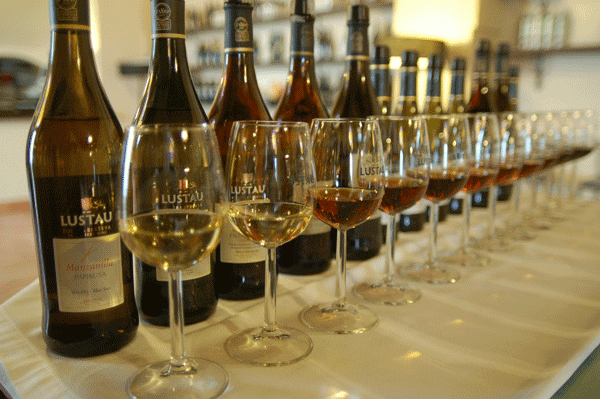
Tio Pepe/ Gonzalez Byass (Jerez de la Frontera), produces the most recognizable Fino in the world under the Tio Pepe banner. The Gonzalez Byass AB Amontillado Seco is a great everyday sherry, medium-bodied with a hint of saltiness and oxidation. Tour and tasting of 4 sherries with tapas €16. www.gonzalezbyass.com
Bodegas Tradicion(Jerez de la Frontera), is a relatively new company taking a boutique approach to sherry, bottling by hand and hand labeling each bottle. This bodega specializes in old and rare sherries classified as VOS or VORS. As part of the tasting, you get a tour of the art collection which includes three Goyas, four tiles painted by Picasso at the age of eight and works by Murillo, Velazquez and El Greco. Open for tastings 9am – 3pm, 4:30pm – 6:30pm. Tour and tasting of all four sherries and two brandies are €16.50. www.bodegastradicion.es
 Bodegas Grant (El Puerto de Santa Maria), is another boutique producer found in the middle of El Puerto with a lovely restaurant, Las 7 Equinas, next door where you can grab a delicious meal. Highlights are the delicious, salty Fino Valeroso and the nutty yet fresh “La Garrocha” Amontillado. www.bodegasgrant.com
Bodegas Grant (El Puerto de Santa Maria), is another boutique producer found in the middle of El Puerto with a lovely restaurant, Las 7 Equinas, next door where you can grab a delicious meal. Highlights are the delicious, salty Fino Valeroso and the nutty yet fresh “La Garrocha” Amontillado. www.bodegasgrant.com
Gutierrez-Colosia (El Puerto de Santa Maria), occupies a 19thCentury warehouse beside the marina with a small tasting room and shop in the front. The charming namesake family has run the bodega under its own name since 1998 though co-owner Juan Carlos has worked in the business since he was a boy. An interesting line to try is the higher end Solera Familiar (S.F.), especially the Amontillado with tremendous depth of flavor and the Palo Cortado, which displays a good deal of acid and salinity. You can take a tour, which includes a tasting, for a fee Monday – Friday at 1pm, Saturdays at 12:30pm and 1:30pm. www.gutierrezcolosia.com
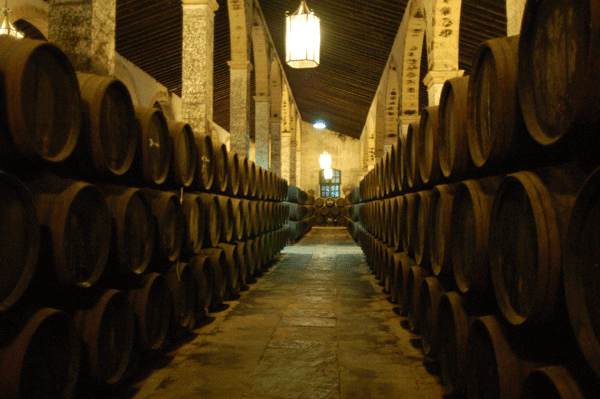
Bodegas Hidalgo – La Gitana (Sanlucar), is a short walk from the ocean and the proximity of the sea permeates each of the wines. Try the Manzanilla Pastrana, a nutty, single vineyard wine, Amontillado VORS Napoleon and the Oloroso Viejo VORS, a light yet extremely complex older wine. Also delicious is Hidalgo’s vibrant “en rama.” Drop by the bodega’s shop on Esquina Hermano Fermin to join a tour operating Monday – Friday 11am – 12pm and 12pm – 1:30pm, Saturdays 12pm – 1:30pm (€5). The company also runs a tapas bar around the corner on Plaza de Cabildo. www.lagitana.es
La Cigarrera (Sanlucar), dates back to 1758 and today this family owned winery continues to produce excellent sherries. The pretty Andalusian patio, which also serves as a tavern, is the perfect place to enjoy a glass of the house specialty Manzanilla, which accounts for 90% of the bodega’s production. For an illustration of how Manzanilla can change, try a rich, minerally “en rama” alongside the Pasada, which is richer and nutty. Tours are available Monday to Saturday from 10am – 3pm, followed by a tasting in the patio where glasses of sherry are also available for €1.50. www.bodegaslacigarrera.com

